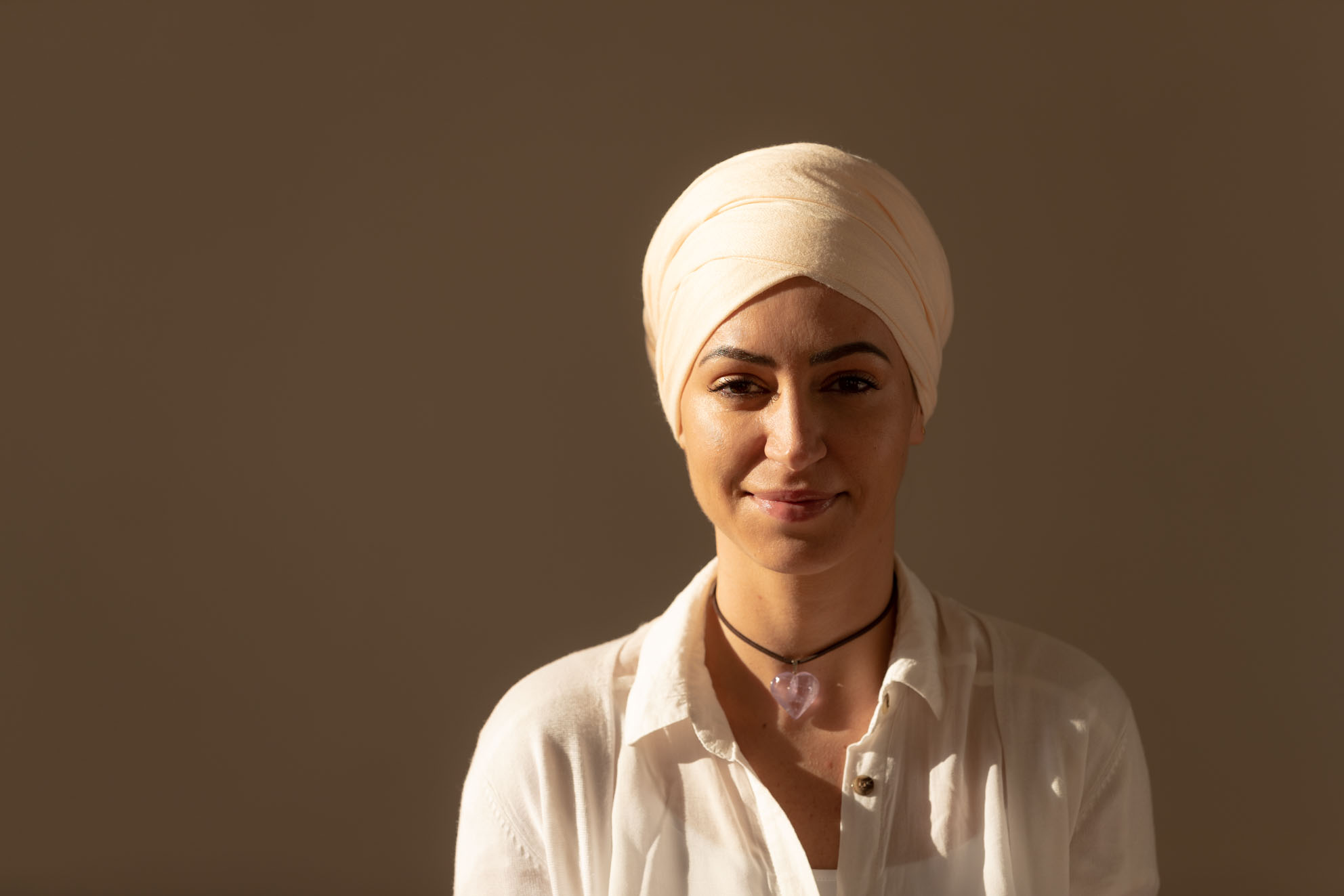Asana
The lotus pose is one of the most recognizable positions in kundalini yoga. When you first begin this practice, you will find that you come across it regularly. Many yoga teachers use this asana to open their classes and provide a minute’s meditation to their students. That means that perfecting the lotus pose early in your experience will be greatly beneficial.
The basics of the position are simple — crossed legs with your hands in the Gyan Mudra. However, as you will soon find, there may be more to this kundalini yoga asana than first meets the eye.
Aside from being a resting asana, the lotus pose also offers a variety of spiritual and physical benefits. Practicing it could help you to boost your circulation, ease any pain or discomfort you’re experiencing, and even lower your stress levels. What’s more, on a physical level, it may also improve your back strength, boost flexibility, and help your circulation. It’s a fundamental and essential yoga pose.
Benefits of Lotus Pose (Asana)
Improves levels of flexibility
Helps to aid meditation
Stretches your knees and ankles
May help to boost circulation
Could ease menstrual discomfort
Lowers stress and anxiety
Strengthens back and spine
Supports overall well-being
Aids in clearing the mind
Releases anger and tension
How to do the Lotus Pose (Asana)
Before you get started with the lotus pose asana, you should be sure to open up your hips. You will need a lot of flexibility to get into this asana. For that reason, it’s vital that you regularly take part in poses and moves that will work the hip muscles and make them flexible. When you are ready, you will need to follow the directions listed below to start.
Directions
- Start by sitting on the floor and stretching both of your legs forward. Your spine should be straight.
- Bend your right leg and bring it toward your body. Move your front torso toward the leg and feel as your spine stretches. Move your right ankle into the corner of your hip with the sole pointing upwards.
- Next, bend and turn your left knee and cross your left ankle over your right leg.
- Bring your crossed legs close to one another. You should make sure that your knees are as near to each other as they can be.
- Make sure that you sit back and allow your groin to be close to the floor. Straighten your spine.
- Move your hands in the Gyan Mudra, in which your thumb and forefingers touch. Your other fingers should be stretched outward.
- Rest each of your hands on the corresponding knee. Relax your facial muscles and slowly draw your attention to the third eye.
- Maintain this pose for a minute or as long as your meditation lasts.
Beginner’s Tip: Building flexibility in your hip area takes time. If you can’t achieve the full pose the first time you attempt it, don’t worry. Keep practicing!





